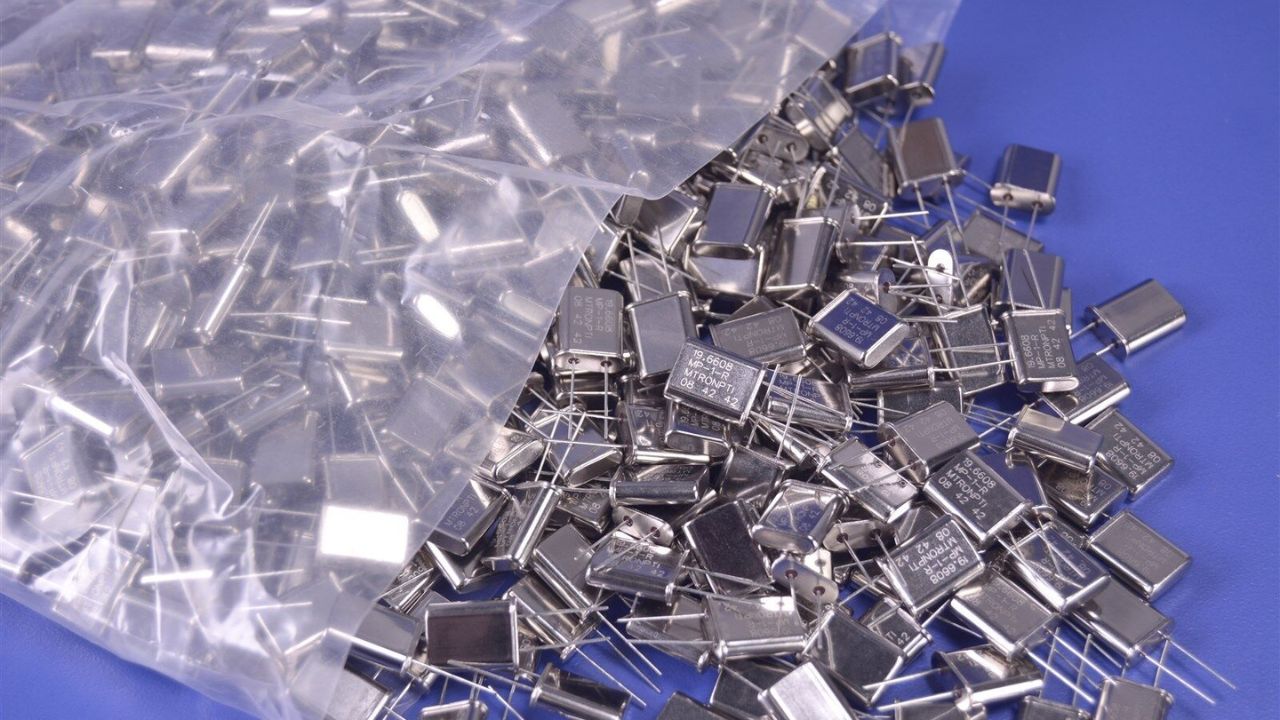The usage of bulk crystal oscillators remains crucial for electronic devices. This is because they generate precise frequency signals that power communication systems, navigation devices, and industrial applications. This Bulk Crystal Oscillator technology has advanced throughout the years to enhance its operational capabilities, reliability, and efficiency. Modern industrial requirements can be met through new innovations that enable crystal oscillators to deliver stable, precise signal transmission.
Enhanced Material Quality
The main advancement in bulk crystal oscillator technology stems from better crystal materials. Quartz has served as the main material choice for oscillators because of its natural tendency to preserve frequency stability. Scientists have established innovative techniques to refine quartz crystal growth and processing, which improves their performance. Scientists have implemented these enhancements to create oscillators that deliver higher precision alongside reduced frequency drift and better environmental resistance to temperature variations and mechanical stress.
Improved Frequency Stability
The main obstacle in oscillator technology development involves achieving stable frequency outputs across various operational conditions. Modern innovations aim to minimise frequency drifts, which result from temperature changes, product aging, and environmental interference. TCXOs and OCXOs brought significant stability improvements to the oscillation technology. Modern oscillator designs use advanced temperature control systems to maintain performance stability across all environmental conditions.
Integration with Digital Technologies
The evolution of bulk crystal oscillators now allows them to operate smoothly within contemporary digital circuit systems due to digital technology growth. Modern oscillator designs employ advanced signal processing methods alongside microcontrollers for control systems, which boost their performance in generating precise and stable frequency outputs. Modern technology integration has led to better synchronisation across networks, data transmission systems, and satellite navigation platforms.
Higher Frequency Applications
The latest technological improvements enable bulk crystal oscillators to achieve higher operational frequencies without compromising their precision standards. Bulk crystal oscillators now serve high-speed communication systems along with radar systems and aerospace applications. Research teams have created new methods to lower phase noise because this factor directly affects signal clarity in transmission. The improved wireless communication and high-frequency data processing rely on these recent technological developments.
Environmental and Manufacturing Improvements
The electronics industry now places sustainability at the forefront, and bulk crystal oscillator technology also faces this priority. Industrial producers have introduced sustainable manufacturing methods. This helps them to minimise their production waste and energy usage. Manufacturers now use innovative methods that allow them to recycle and repurpose crystal oscillator components to decrease their environmental impact. Sustainable operations for the technology are maintained through these ongoing initiatives that also push forward its development.
Future Prospects
Research activities continue to enhance bulk crystal oscillator technology through developments that will increase precision, reliability, and efficiency standards. Scientists investigate emerging materials while developing superior fabrication techniques and artificial intelligence systems to control frequency outputs. New technological developments will boost performance capabilities while creating opportunities for bulk crystal oscillator applications in quantum computing and next-generation wireless communication systems.
Miniaturisation and Power Efficiency
The technology demands tiny components that operate at low power levels to achieve high operational efficiency. Scientists have created small crystal oscillators that deliver accuracy levels equivalent to larger designs. The reduction in size became possible through advanced manufacturing methods and optimised circuit layouts.
Conclusion
Bulk crystal oscillator technology underwent advancements that enhanced its performance by delivering greater precision and efficiency for modern application needs. The continuous technological progress in materials quality and miniaturisation alongside stability and digital integration ensures these oscillators will keep their essential role in various industries. The evolution of technology will keep bulk crystal oscillators essential for maintaining dependable and accurate frequency generation throughout various application domains.
